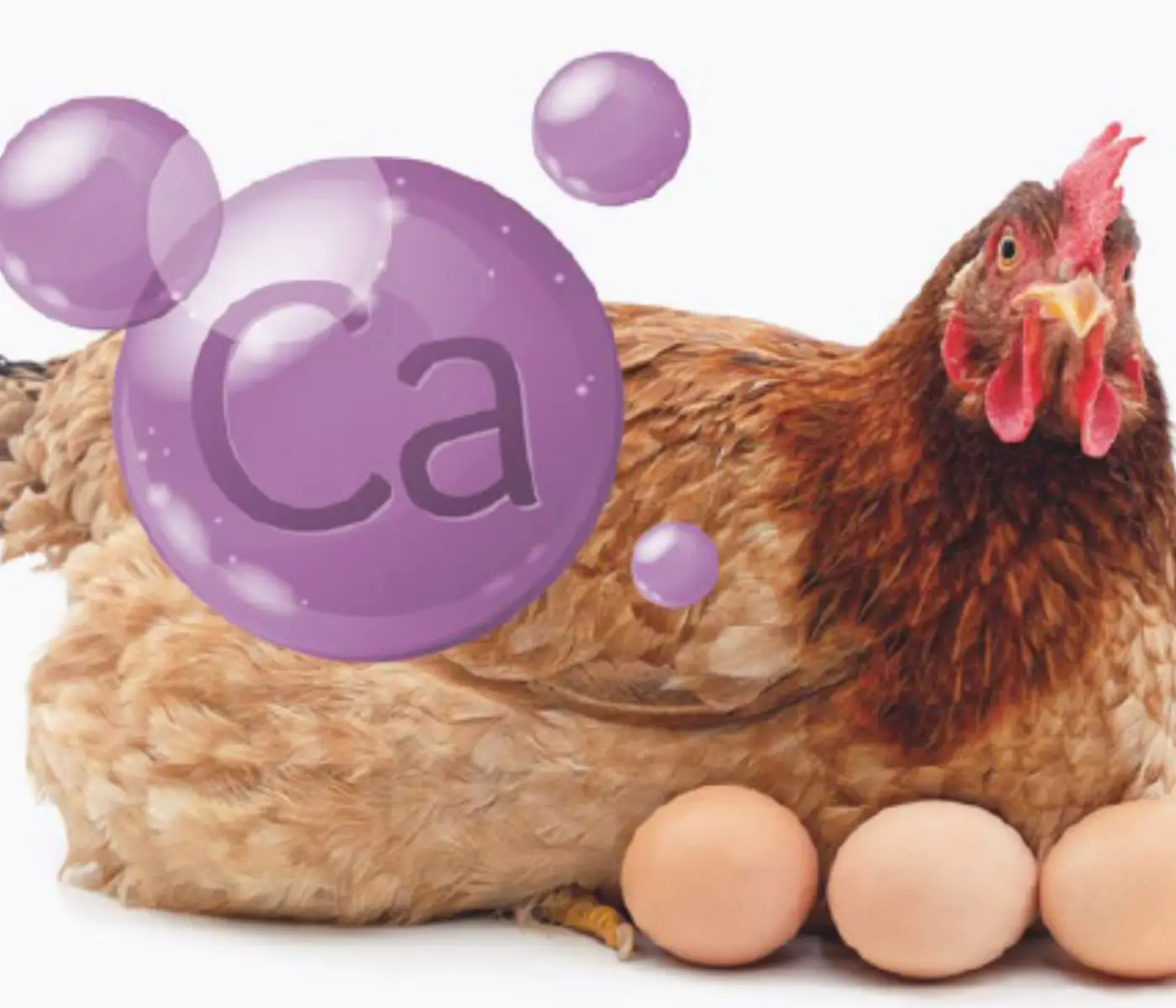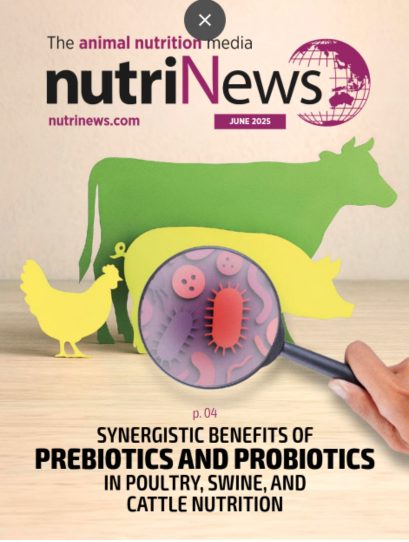Eggshell quality is a crucial aspect of the poultry industry, particularly for layer hens that are bred for egg production. Poor eggshell quality can result in economic losses, as weaker eggs are more likely to break during handling, transportation, and storage, leading to reduced marketability and wastage.
Factors contributing to poor eggshell quality are multifaceted and range from environmental conditions to nutrition and genetic factors. This article delves into the primary causes of poor eggshell quality in layer hens, exploring each to offer insights into how poultry managers and farmers can mitigate these issues and improve production outcomes.
Nutritional Deficiencies
The most common cause of poor eggshell quality is nutritional imbalance, particularly deficiencies in key minerals and vitamins essential for shell formation.
Calcium Deficiency
Calcium is the primary mineral responsible for forming the eggshell, which is mainly composed of calcium carbonate.
A lack of adequate calcium in the diet results in thinner, weaker eggshells, as the body prioritizes calcium use for other vital functions, such as maintaining bone structure. Layer hens require around 3-4 grams of calcium per day, and failure to meet this requirement often leads to poor shell quality. Limestone or oyster shells are commonly used to supplement calcium in the diet.
During the growing period, a pullet’s calcium needs are pretty low. However, once she begins laying eggs, her calcium requirement surges to at least four times the previous amount, with nearly all of this increase going toward eggshell production.
Interestingly, a hen’s calcium requirement fluctuates throughout the day. Eggshell formation generally occurs around midnight, so if you notice thin shells, particularly common in older hens, consider supplementing their diet with calcium-rich oyster shell. Due to its larger particle size, oyster shell is absorbed slowly, allowing calcium to be available overnight when the shell forms. Additionally, it’s a good practice to switch to a laying feed about 10 days before hens begin laying, rather than waiting until eggs start forming.
Vitamin D Deficiency
Vitamin D, particularly in its active form (D3), is crucial for calcium absorption and metabolism. Without sufficient vitamin D3, even with ample dietary calcium, the hen’s body cannot absorb and utilize calcium efficiently, leading to poor eggshell formation. A deficiency in vitamin D can thus indirectly cause shell quality issues, underscoring the importance of a well-balanced diet.
Phosphorus Imbalance
Phosphorus, in coordination with calcium, contributes to eggshell integrity. An imbalance between calcium and phosphorus (often in a Ca:P ratio of about 10:1) can affect shell formation. While phosphorus is essential, excessive amounts can hinder calcium absorption, further weakening the eggshell.
While a calcium-to-non-phytate phosphorus ratio of around 2:1 is ideal for most poultry diets, this ratio should rise to between 8:1 and 12:1 once the birds start laying. Accordingly, the dietary calcium percentage should increase from 2.5% to 5%.
Protein Deficiency
Proteins, especially those rich in amino acids like methionine and lysine, are necessary for the synthesis of the eggshell membrane, a key component in eggshell strength. Protein deficiency can result in fragile membranes and shells, increasing the likelihood of breakage.
Trace Minerals
Zinc, manganese, and copper are trace minerals essential for shell quality. These elements are part of various enzymes responsible for eggshell formation, and deficiencies can negatively affect shell thickness and strength.
Environmental Factors
Environmental factors, particularly temperature, humidity, and light exposure, can significantly impact eggshell quality.
High Temperatures
Heat stress in layer hens reduces their calcium absorption, leading to poor shell quality. When exposed to high temperatures (above 30°C or 86°F), hens tend to eat less, resulting in decreased nutrient intake, including calcium. Additionally, heat stress can cause respiratory alkalosis, a condition that reduces blood calcium levels and, consequently, eggshell formation.
Humidity
High humidity can exacerbate heat stress, further affecting the hen’s calcium metabolism and intake. On the other hand, very low humidity can cause rapid moisture loss from the egg, potentially leading to shell cracks and brittleness. Optimal humidity levels (about 50-60%) help maintain shell strength.
Light Exposure
Light exposure regulates laying cycles, and inadequate lighting can lead to reduced calcium utilization, thereby impacting shell quality. Providing appropriate light intensity and duration (around 16 hours per day for layers) helps hens maintain a steady egg-laying pattern and supports optimal calcium utilization.
Genetic Factors
Genetics plays an undeniable role in eggshell quality. Some breeds of chickens are predisposed to laying eggs with stronger shells, while others may produce thinner or more brittle shells.
Breed Selection
Certain breeds, like Leghorns, are known for laying eggs with excellent shell quality, whereas other breeds may produce weaker shells. Selecting breeds with desirable eggshell traits can help improve shell strength.
Age of Hens
As hens age, they generally produce eggs with thinner shells. Older hens often experience a natural decrease in calcium absorption efficiency, coupled with a longer interval between eggs, which can reduce eggshell thickness.
Infectious Diseases and Health Conditions
Infectious diseases and certain health conditions can impair the ability of hens to form strong eggshells.
Infectious Bronchitis Virus (IBV)
IBV is a viral disease that affects the respiratory and reproductive systems of poultry. Infected hens often produce eggs with malformed, weak, or thin shells. This virus damages the shell gland in the reproductive tract, impairing its function.
Newcastle Disease
Newcastle disease, another viral infection, can also impact eggshell quality. It disrupts the hen’s overall metabolism and shell-forming processes, leading to weak shells and other abnormalities.
Egg Drop Syndrome (EDS)
EDS is caused by a viral infection that affects the reproductive tract, resulting in soft-shelled or shell-less eggs. The virus interferes with calcium metabolism and shell formation, compromising eggshell integrity.
Parasites and Bacterial Infections
Internal parasites like coccidia or bacterial infections can lead to poor nutrient absorption, impacting shell quality. Additionally, bacterial infections in the reproductive tract, such as those caused by Escherichia coli, can affect the shell gland, causing irregularities in eggshell formation.
Hormonal Imbalances
Hormones regulate many of the physiological processes involved in egg production, including eggshell formation. Imbalances in reproductive hormones can disrupt the process, resulting in weaker shells.
Estrogen Levels
Estrogen is a key hormone responsible for the mobilization of calcium to form eggshells. Fluctuations in estrogen levels can alter calcium distribution and eggshell quality. Reduced estrogen can lead to inadequate calcium mobilization, weakening the shell.
Parathyroid Hormone
The parathyroid hormone helps maintain calcium homeostasis by mobilizing calcium reserves from bones. An imbalance in this hormone can result in insufficient calcium availability for eggshell formation, leading to weaker shells.
Management and Housing Conditions
The way hens are housed and managed also significantly influences eggshell quality.
Cage Fatigue
In systems where hens are confined to small cages for long periods, they may develop cage fatigue, a condition that affects bone density and strength. This condition leads to weak bones, resulting in insufficient calcium reserves for eggshell formation.
Overcrowding
Overcrowded environments increase stress levels in hens, impacting nutrient absorption and utilization. Stress from overcrowding can lead to hormonal imbalances and reduced calcium metabolism, weakening eggshell quality.
Improper Bedding
Hard or abrasive bedding can cause minor shell damage as the eggs are laid. Soft, appropriate bedding reduces the risk of damage to the eggshell, helping maintain its integrity during handling and transportation.
Water Quality
Poor water quality, especially if it is contaminated or contains excessive minerals, can interfere with calcium absorption. Maintaining clean and accessible water sources is essential for optimal shell quality.
Toxins and Contaminants
Certain toxins or contaminants, either from feed or the environment, can interfere with eggshell formation.
Mycotoxins
Mycotoxins are toxins produced by fungi in moldy feed. They can disrupt hormone levels and calcium absorption in hens, leading to poor shell quality. Regular monitoring and proper storage of feed are essential to prevent mycotoxin contamination.
Heavy Metals
Exposure to heavy metals such as lead, cadmium, and mercury can interfere with calcium metabolism. These metals are toxic and disrupt normal physiological processes, including shell formation.
Medication and Chemical Residues
Some medications or chemical residues in feed or water can inadvertently affect shell quality.
Antibiotics and Other Drugs
While certain medications are necessary to treat infections, overuse or improper use of antibiotics can interfere with nutrient absorption and metabolism. For example, antibiotics may disrupt gut flora, leading to poor calcium absorption and weaker shells.
Pesticides and Herbicides
Residues from pesticides or herbicides in feed can harm hens and impact eggshell quality. Strict regulation and careful sourcing of feed ingredients can reduce the likelihood of such contamination.
Conclusions
Eggshell quality in layer hens is influenced by a complex interplay of factors, ranging from nutrition and genetics to environmental and management practices.
Addressing poor eggshell quality requires a multifaceted approach that includes providing balanced diets rich in calcium and essential vitamins, maintaining proper environmental conditions, preventing and controlling diseases, and implementing good management practices.
By understanding the underlying causes of poor eggshell quality, poultry farmers and managers can make informed decisions to enhance production efficiency, reduce losses, and improve the overall health and well-being of their flocks.












